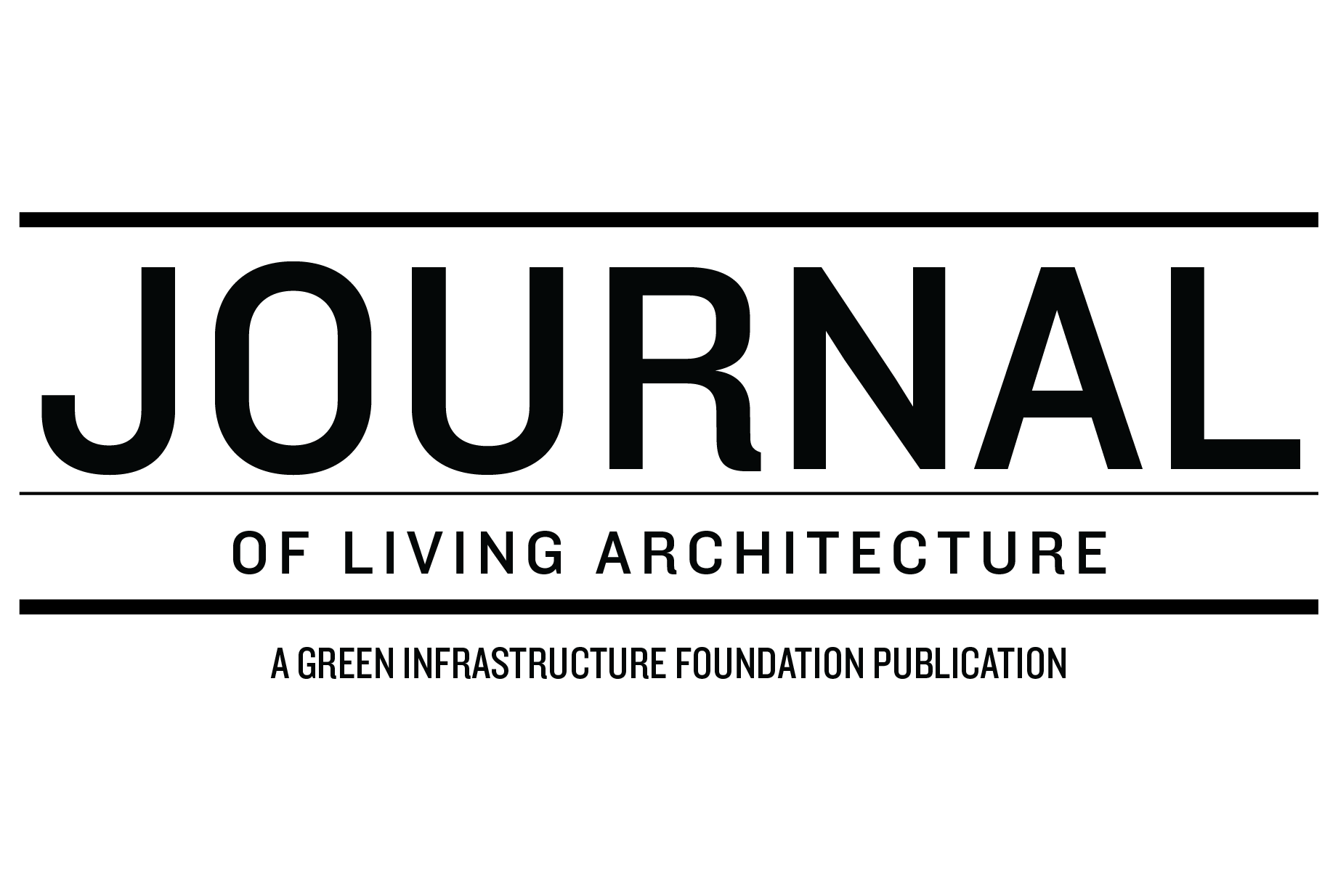Investigating the Climate Mitigation Performance of a Green Roof System in the Flint Hills Ecoregion, USA
Advertisement
The Journal of Living Architecture is a peer-reviewed, open-access journal, published by the Green Infrastructure Foundation and hosted by the Living Architecture Monitor Magazine. Learn more about the Journal, read all Journal articles, or find out how to submit to the Journal.
Investigating the Climate Mitigation Performance of A Green Roof System in the Flint Hills Ecoregion, USA
Volume 11 Number 1 Pages 1-19
M. M. Lekhon Alam(1)*, Lee R. Skabelund(2), Charles W. Rice(3) , James S. Lin(4) , Jaeyoung Ha(5)
(1) Department of Technology Systems, East Carolina University, NC, USA
(2) Department of Landscape Architecture and Regional and Community Planning, Kansas State University, USA
(3) Department of Agronomy, Kansas State University, KS, USA
(4) Department of Earth Sciences, University of New Hampshire, NH, USA
(5) Landscape Architecture Program, Virginia Tech, VA, USA *corresponding author: alamm22@ecu.edu
ABSTRACT
Rooftop green infrastructure enhances sustainable urban development by reducing atmospheric CO2 as carbon is sequestered in plants and substrates. However, it is uncertain what substrate types, depths, and plant combinations sequester the greatest amounts of carbon in green roofs across different ecoregions, including the U.S. Great Plains. This research sought to evaluate carbon sequestration potential of two experimental green roof beds of 10 cm (4 in) and 20 cm (8 in) and two substrate types in Manhattan, Kansas, USA. Microbial and root biomass and their interactions were measured as early indicators of changes in soil organic carbon (SOC). Soil and root biomass samples were taken from beds of two depths with two substrates (K and R) and three plant communities (all sedum, sedum and grass, and native grasses and forbs) for a total of 48 plots. Microbial biomass was measured by phospholipid fatty acids (PLFA) analysis in 2019 and root biomass in 2020. Root biomass and microbial biomass was greater in native grass in shallower beds. Shallower beds can partially offset the need for deeper beds and should perform well in mitigating climate change if beds are irrigated during very dry periods.
Key words: experimental green roof; climate change mitigation; carbon sequestration; substrate types and depths; microbial biomass; root density
Read the full article: https://doi.org/10.46534/jliv.2023.11.01.001
This peer-reviewed article is provided free and open-access.
Advertisement

